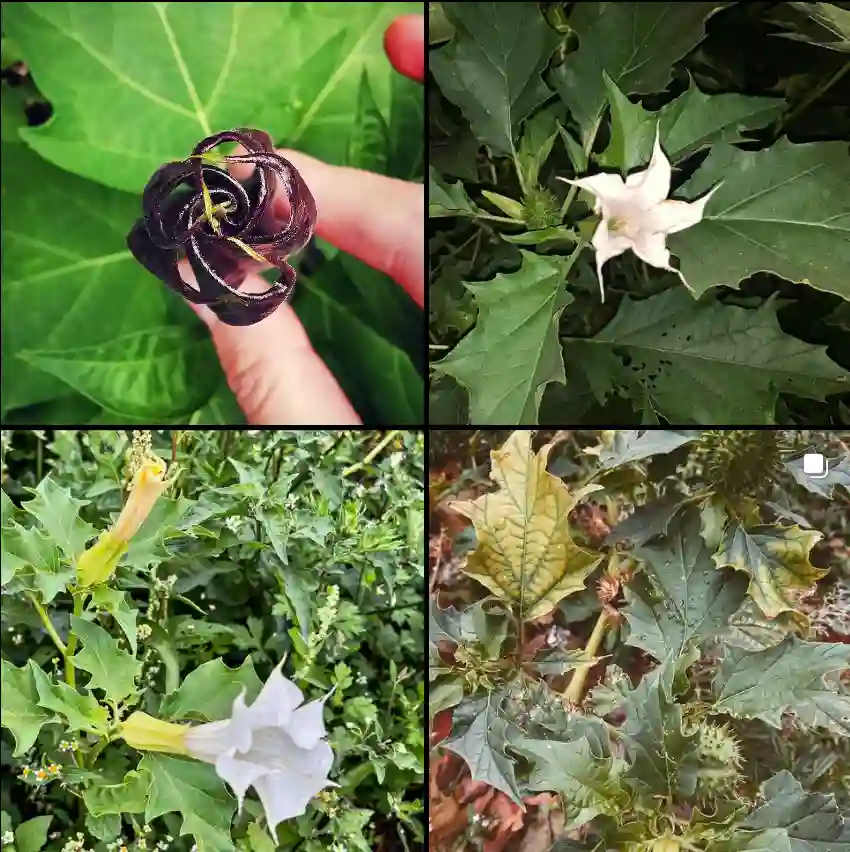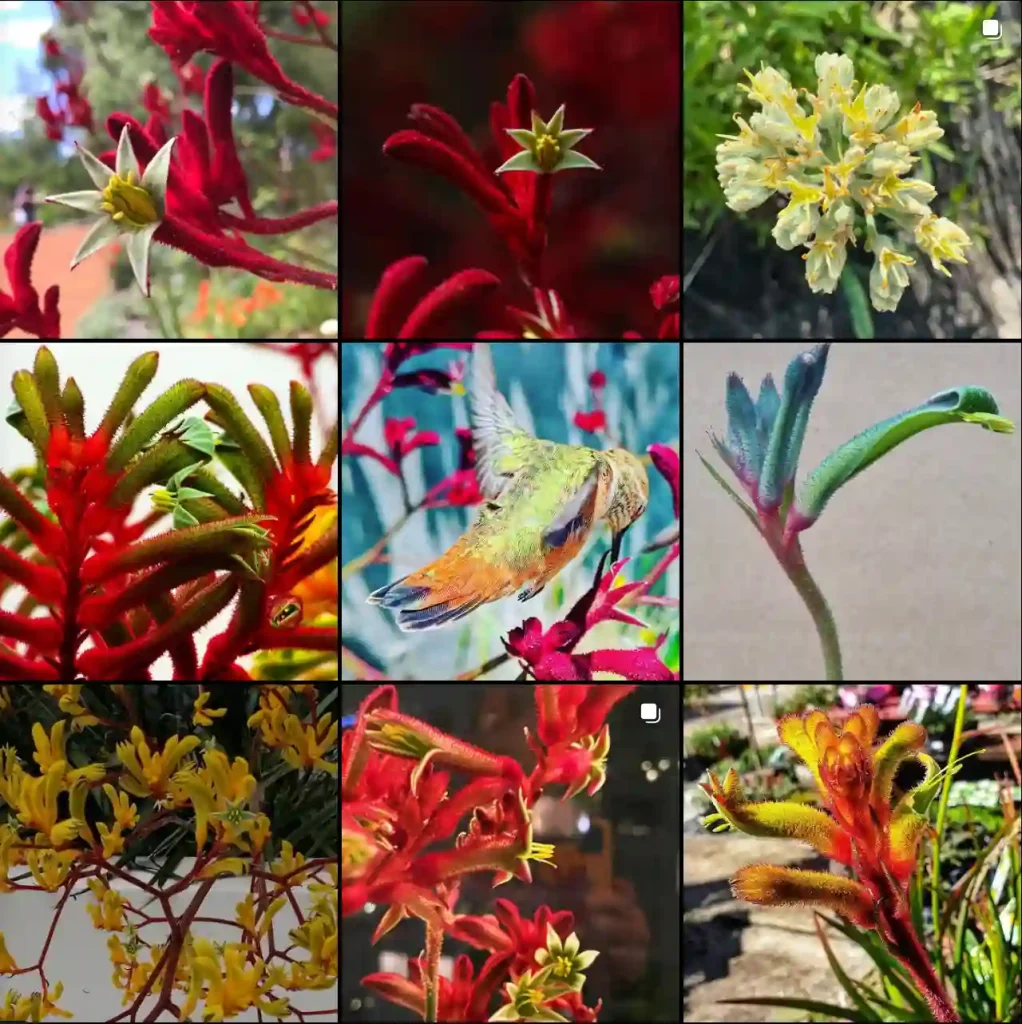FAQs About Penstemon Parryi
Penstemon Parryi, often known as Parry’s Penstemon, is a stunning perennial plant native to North America. Its striking blooms and resilient nature make it a popular choice for gardens. Here’s a comprehensive guide to help you understand and care for this beautiful plant.
288 Species in Genus Penstemon
What is Penstemon Parryi?
Penstemon Parryi is a species of flowering plant in the Penstemon genus, part of the Scrophulariaceae family. It’s known for its vibrant, tubular flowers that can range from pink to purple. The plant forms a rosette of basal leaves and produces upright spikes of flowers that attract pollinators like bees and hummingbirds.
How to Care for Penstemon Parryi?
Caring for Penstemon Parryi is relatively straightforward. Here are some essential tips:
- Sunlight: Penstemon Parryi thrives in full sun. Ensure it gets at least six hours of direct sunlight each day.
- Soil: This plant prefers well-draining soil. Sandy or loamy soils are ideal, but it can tolerate a range of soil types as long as they drain well.
- Watering: Water Penstemon Parryi regularly but allow the soil to dry out between waterings. Overwatering can lead to root rot.
- Fertilizing: Feed the plant with a balanced, all-purpose fertilizer once a year in the spring. Avoid excessive fertilization, as this can lead to lush foliage but fewer blooms.
- Pruning: Remove spent flowers to encourage continued blooming. In late fall, cut back the plant to about 2 inches above the ground to prepare it for winter.
How to Propagate Penstemon Parryi?
Propagating Penstemon Parryi can be done through seeds or division:
- Seeds: Start seeds indoors about 6-8 weeks before the last frost. Sow them in seed trays with a light seed-starting mix. Keep the soil moist and provide bright, indirect light. Transplant seedlings outside after they’ve grown sufficiently and the risk of frost has passed.
- Division: Divide established plants in early spring or fall. Gently separate the roots and replant them at the same depth they were growing before. This method is effective for rejuvenating old plants and increasing your stock.
What to Plant with Penstemon Parryi?
Penstemon Parryi pairs well with a variety of other plants:
- Salvia: The bold, vertical growth of Penstemon Parryi complements the spiky blooms of Salvia.
- Echinacea: Coneflowers add a contrasting shape and color that highlights the Penstemon’s blooms.
- Lavender: The aromatic foliage and purple flowers of Lavender create a pleasing visual and olfactory combination with Penstemon Parryi.
- Sedum: Sedum’s succulent foliage and late-blooming flowers offer a nice contrast to the Penstemon’s earlier blooms.
Is Penstemon Parryi Toxic?
Penstemon Parryi is not considered toxic to humans or animals. However, it’s always a good idea to prevent pets from chewing on plants, as even non-toxic plants can cause digestive upset if consumed in large quantities.
Benefits of Growing Penstemon Parryi
- Attracts Pollinators: Its tubular flowers are a magnet for bees and hummingbirds, which helps in pollination and supports local wildlife.
- Low Maintenance: Once established, Penstemon Parryi requires minimal care, making it ideal for low-maintenance gardens.
- Drought Tolerant: Its ability to withstand dry conditions makes it a great choice for xeriscaping and drought-prone areas.
- Long Blooming Period: The plant offers an extended flowering period, usually from late spring to early summer, adding vibrant color to your garden for months.
Common Problems with Penstemon Parryi
- Powdery Mildew: This fungal disease can cause a white, powdery coating on the leaves. To manage it, ensure good air circulation around the plant and avoid overhead watering.
- Root Rot: Overwatering or poorly draining soil can lead to root rot. Make sure the soil dries out between waterings and improve drainage if necessary.
- Pests: Aphids and spider mites can sometimes affect Penstemon Parryi. Regularly check for pests and treat infestations with insecticidal soap or neem oil.
How Does Penstemon Parryi Compare to Similar Plants?
Penstemon Parryi is often compared to other Penstemon species, such as Penstemon Digitalis (Foxglove Penstemon) and Penstemon Barbatus (Beard Tongue).
- Penstemon Digitalis: This species tends to have larger flowers and can be more tolerant of moisture. It is also known for its slightly taller growth habit.
- Penstemon Barbatus: Often with more intense red or orange flowers, this species is similar in care requirements but generally has a bushier growth habit and can be slightly more demanding in terms of soil nutrients.
Penstemon Parryi stands out for its adaptability and striking floral display, making it a fantastic addition to various garden styles. By understanding its care needs and benefits, you can ensure it thrives and enhances your garden for years to come.
If i die, water my plants!



